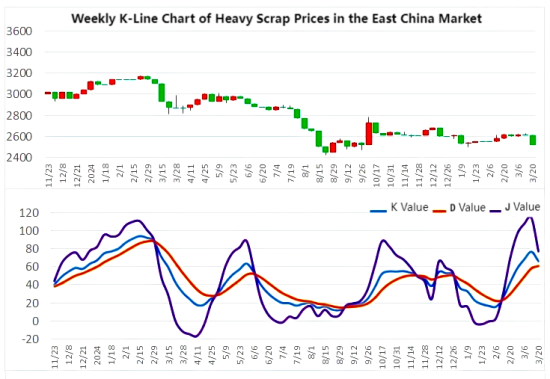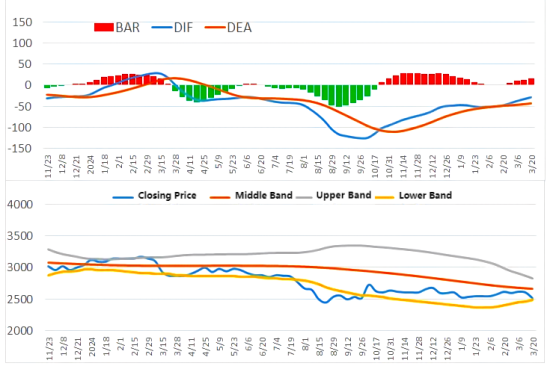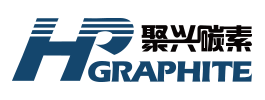【EAF Steel】Awaiting the Exit of Small Blast Furnace Capacity

With the growth of electric arc furnace steelmaking and the new energy industry, the needle coke market has broad prospects, especially driven by the demand for high-power graphite electrodes.
【EAF Steel】Awaiting the Exit of Small Blast Furnace Capacity
This week, China's construction steel market continued its downward trend. In the first half of the week, transactions remained weak, while in the latter half, terminal buyers and traders increased purchases at lower prices, leading to a slight rebound in low-price resources. As of March 21, the average price of rebar in China was RMB 3,259/ton, down RMB 42 from the previous week.
Raw Materials Market
This week, domestic scrap steel prices saw a wider decline, with steel mills lowering their average procurement price by RMB 27 to RMB 2,201/ton (excluding tax). Upstream suppliers showed resistance to further price reductions, while both the arrival volume and inventory levels of scrap at steel mills decreased. The profitability of EAF steel mills continued to decline, leading to a noticeable slowdown in production growth.
According to statistics, as of March 20, the capacity utilization rate of 135 EAF steel mills in China stood at 50.13%, up 0.63 percentage points from the previous week. The daily output of EAF steel reached 313,700 tons, marking the sixth consecutive week of increase.
Supply-Side Reform 2.0: Gradual Exit of Small Blast Furnaces
China's steel industry is currently planning to establish a dedicated fund to support the exit of outdated steel production capacity, creating a compensation mechanism for affected enterprises. Coupled with earlier policies on crude steel output control and recent discussions in some provinces regarding the elimination of blast furnaces below 1,280m³, it is evident that a new round of supply-side structural reform (Reform 2.0) is underway.
However, unlike the strict and immediate shutdown of "strip steel" production capacity in the past, the exit of small blast furnaces this time is likely to be more gradual, aiming to balance the interests of various stakeholders. Consequently, the increase in the share of EAF steel in China's total steel production will remain a progressive and steady process rather than a rapid shift.


Feel free to contact us anytime for more information about the EAF steelmaking market. Our team is dedicated to providing you with in-depth insights and customized assistance based on your needs. Whether you have questions about product specifications, market trends, or pricing, we are here to help.
No related results found








0 Replies